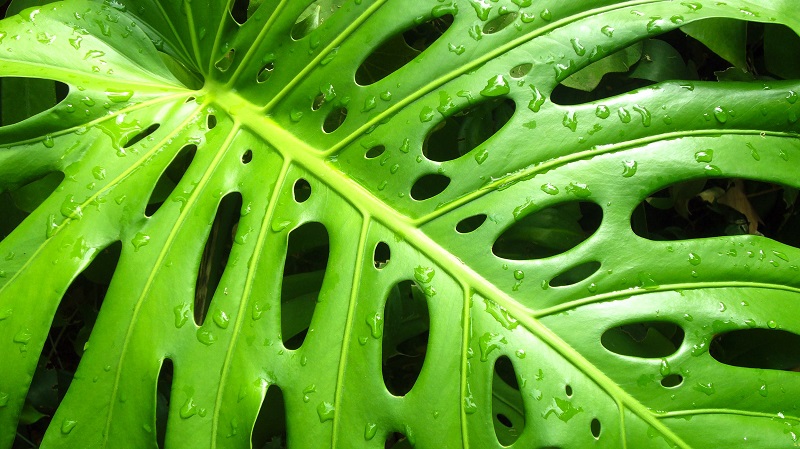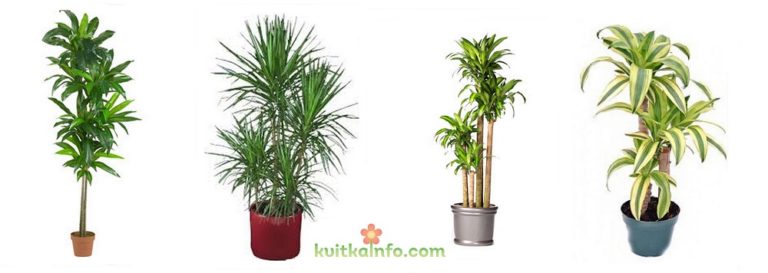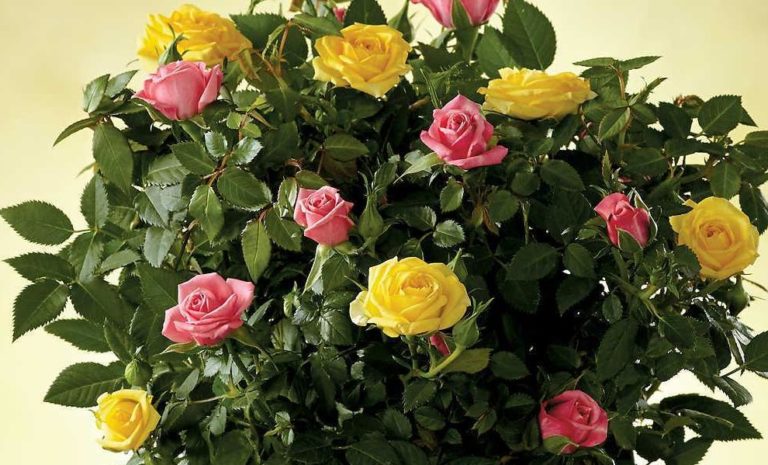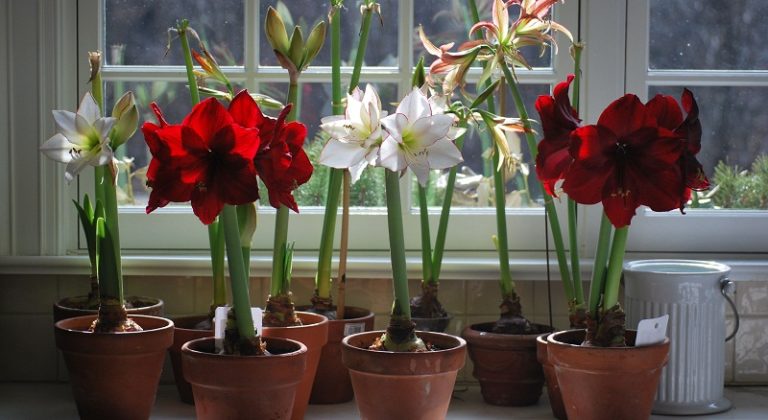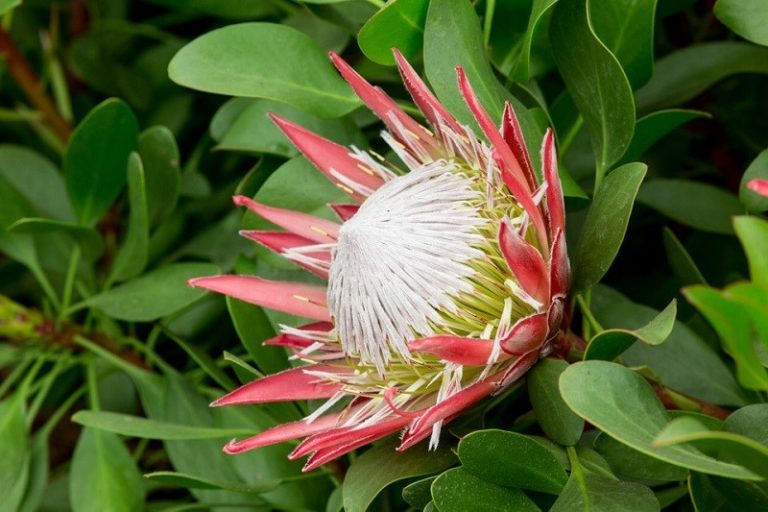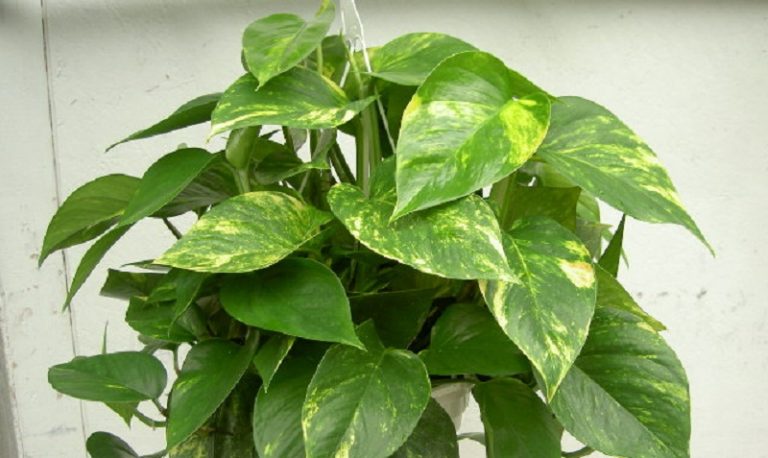Monstera – care
Monstera is a large, fast-growing tropical plant. The leaves are dark green in color with a sheen. The size of the leaves of a young plant is small, but upon reaching adulthood, the leaves of the monstera can reach up to 1 meter in diameter, it has symmetrical slots on the leaves. In its natural environment, monstera is found in the rainforests of America.
Monstera is distinguished not only by decorative leaves, but also by another special feature – it is a kind of “hydrometeorological center” – on the eve of rain, the plant “cries” (the leaves remove excess moisture through special tunnels that are located along the edges of the leaf, as if the plant is covered with dew).
On the trunk, the monstera forms aerial roots in order to get additional moisture, nutrition and support, because monstera is a large vine.
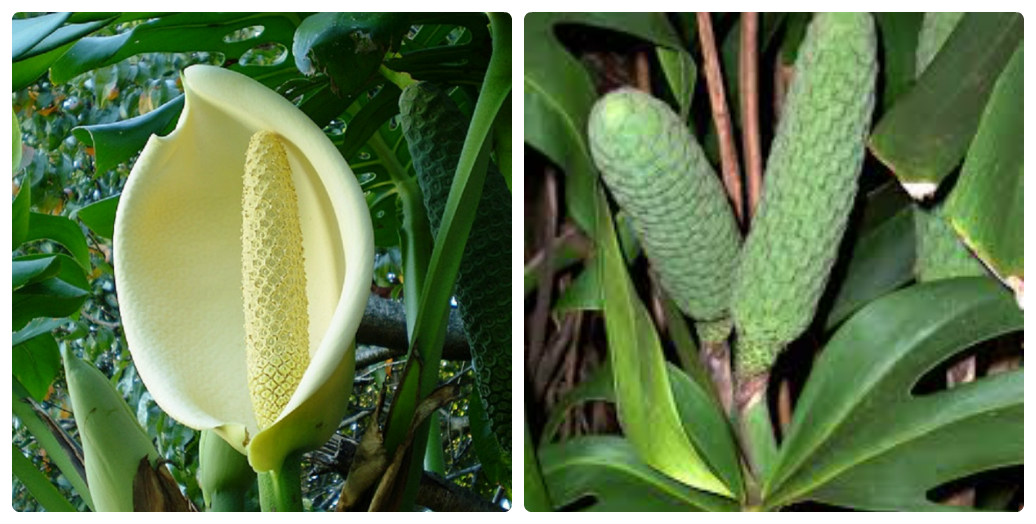
Monstera blooms, the flowers resemble spathiphyllum inflorescences (usually larger), but in room conditions, flowers from this plant are very difficult, almost impossible. Monstera also has edible fruits that taste like bananas.
How to care for a monstera
Monstera is a non-capricious plant, with proper care, it grows up to 5 meters in height, the leaves are shiny, this plant is able to decorate any interior.
Brightness of light for monstera
Monstera does not tolerate direct sunlight. You can put the monstera in a bright (diffused from sunlight) place, and in semi-shade, and even in the shade (it stops growing, the leaves become smaller, lose color, regular symmetrical slots do not form on them, but does not die). Therefore, for the normal growth and development of monstera, bright diffused light or semi-shade is required.
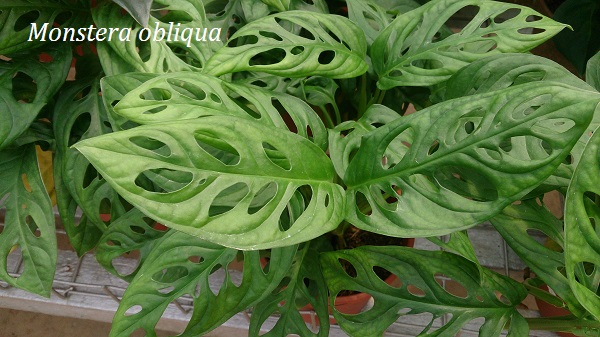
Air temperature for monstera
For the normal development of monstera, a fairly high air temperature is required in the summer – 20-23 ° C, the plant tolerates its small drops well. In winter, the optimum temperature is 16 – 18 ° C. The higher the air temperature throughout the year, the faster the vine will grow, the leaves will grow, and the slots will be more symmetrical and larger.
Watering and humidity for monstera
For watering and spraying, warm, settled water is used. In the summer, the monstera is watered abundantly, preventing stagnation of water in the pan. In winter, the monstera is watered at least 1 time per week. If the air temperature is insufficient, it is watered so that the soil does not dry out. Air humidity is very important for monstera, it must be high. The plant must be often sprayed with water at room temperature, wipe the leaves with a damp cloth or sponge, and polish.

Support for monstera
We must not forget about aerial roots that do not need to be pruned. In order for the plant to receive more nutrients and moisture, the aerial roots are directed to the ground. To support the vine, use a tube rolled up from a plastic mesh with sphagnum, which is kept moist all the time. Such an artificial wet trunk will prevent the aerial roots from drying out and create the right humidity for the entire plant.
When to feed a monstera
From March to August, monstera is fed with complex fertilizer for green indoor plants. It should be fed every two weeks. If the air temperature drops to 18° C , it is unnecessary to feed the plant. If you don’t have a lot of space indoors, you don’t have to feed the monstera, it will grow very slowly.

How to transplant a monstera
Young monsteras need to be transplanted annually, in the spring. 4-year-old monsters are transplanted after 2-3 years, but the top layer of the earth is changed every year. The soil for transplanting consists of 2-3 parts of deciduous, 1 part of peat soil, 1 part of compost, 1 part of sand. When transplanting the plant to the center of the pot, next to the stem, install and fix an artificial trunk 70-100 cm high.
Pruning monstera
When an old plant slows down in growth, the top can be cut off, which stimulates the appearance of side shoots.
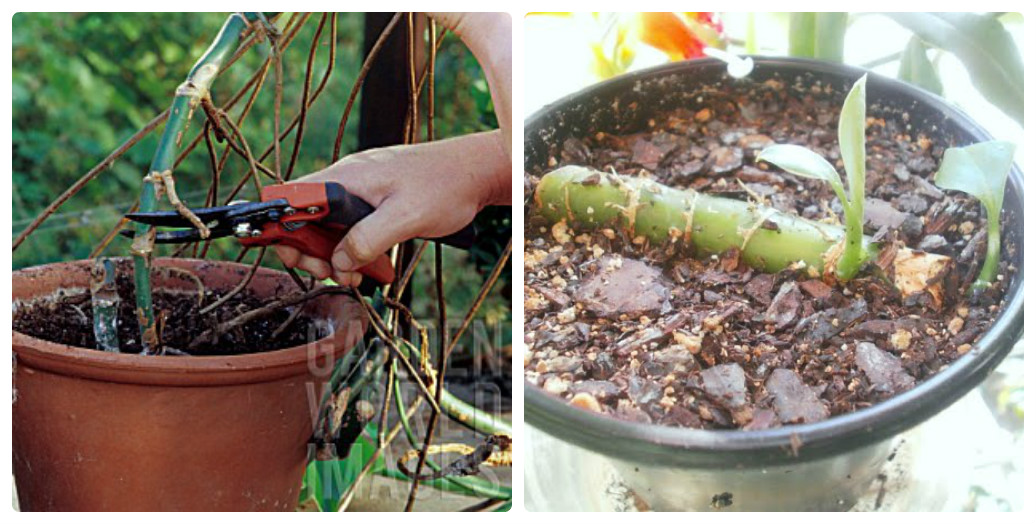
Monstera reproduction
Monstera is propagated by shoots, cuttings, seeds, leaves and aerial propagation.
Monstera is propagated in March – June by lateral processes that may appear in the lower part of the stem, which are cut into upper or stem cuttings (a piece of stem with 1-2 leaves). The slices are sprinkled with charcoal, allowed to dry. Cuttings with at least small aerial roots take root better.
Aerial propagation by roots
To get beautiful young monstera plants from old plants, and rejuvenate old ones, use this method of reproduction:
One or two aerial roots are tightly wrapped with wet sphagnum, tied with twine and attached to the trunk. Over time, the aerial roots in the moist moss form many roots, and later a top with one or two leaves. When the new plants have grown a little (2-3 leaves), they are cut (at the base of the roots) and planted in a pot so that the roots and the cut are covered with earth (the cut must be sprinkled with charcoal powder.)
Pests and diseases
Monstera diseases appear with improper care. Pests do not bypass monstera. Keep the leaves clean and the humidity of the air. Warm, dry air is loved by spider mites, and dirty, unwashed leaves attract scale insects.

